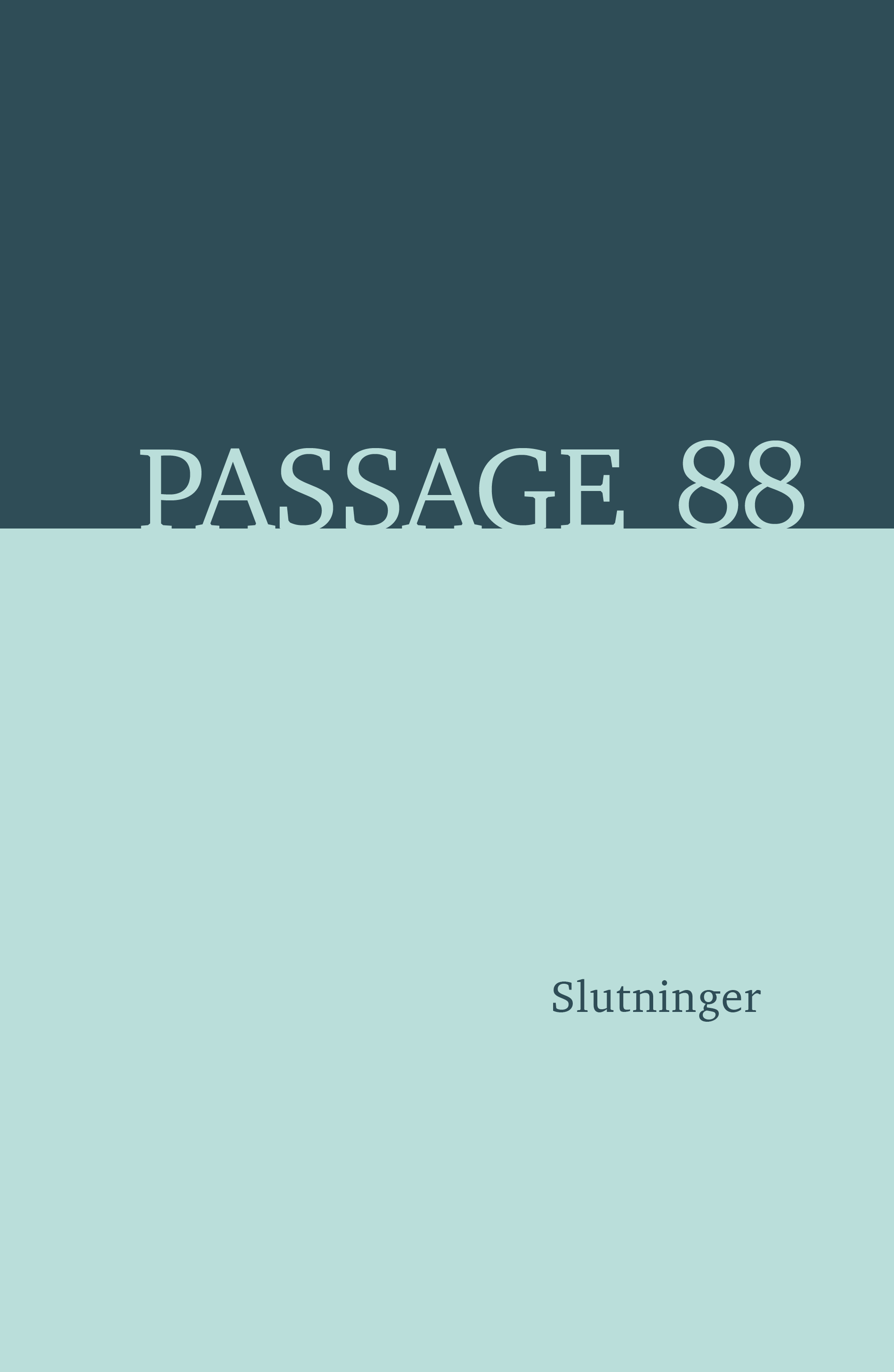Sidste kapitler, porøse punktummer
Livsafslutningsromanens ambivalente closure(s)
DOI:
https://doi.org/10.7146/pas.v37i88.135733Nøgleord:
Narrative endings, Literary gerontology, Aging and Literature, Contemporary Danish fiction, Life-review, end of life-novel, passage, dansk litteratur, alderdomResumé
Based on a selection of contemporary Danish examples, the article introduces and explores the end of life-novel: a distinct literary form portraying older protagonists facing the inevitable end of human existence. As such, the end of life-novel offers insights into the cultural imaginary of the last years of life. Crucially, it portrays the protagonists as engaged in activities of telling and evaluating their life-stories and is, thus, characterized by a narrative structure highly suggestive of a conclu- sive, unifying ending. The article, however, demonstrates that the end of life-novel undermines this expectation of narrative closure via the mobilization of ambivalent ending-strategies. Consequently, the end of life-novel challenges its readers to make sense of and find value and meaning in endings – and forms of aging – that are dif- ferent from or even less than ideal.
Downloads
Publiceret
Citation/Eksport
Nummer
Sektion
Licens
Forfattere, der publicerer deres værker via dette tidsskrift, accepterer følgende vilkår:
- Forfattere bevarer deres ophavsret og giver tidsskriftet ret til første publicering, samtidigt med at værket efter publiceringen er omfattet af en Creative Commons Attribution-licens, der giver andre ret til at dele værket med en anerkendelse af værkets forfatter og første publicering i nærværende tidsskrift.
- Forfattere kan indgå flere separate kontraktlige aftaler om ikke-eksklusiv distribution af tidsskriftets publicerede version af værket (f.eks. sende det til et institutionslager eller udgive det i en bog), med en anerkendelse af værkets første publicering i nærværende tidsskrift.
- Forfattere har ret til og opfordres til at publicere deres værker online (f.eks. i institutionslagre eller på deres websted) forud for og under manuskriptprocessen, da dette kan føre til produktive udvekslinger, samt tidligere og større citater fra publicerede værker (se The Effect of Open Access).





